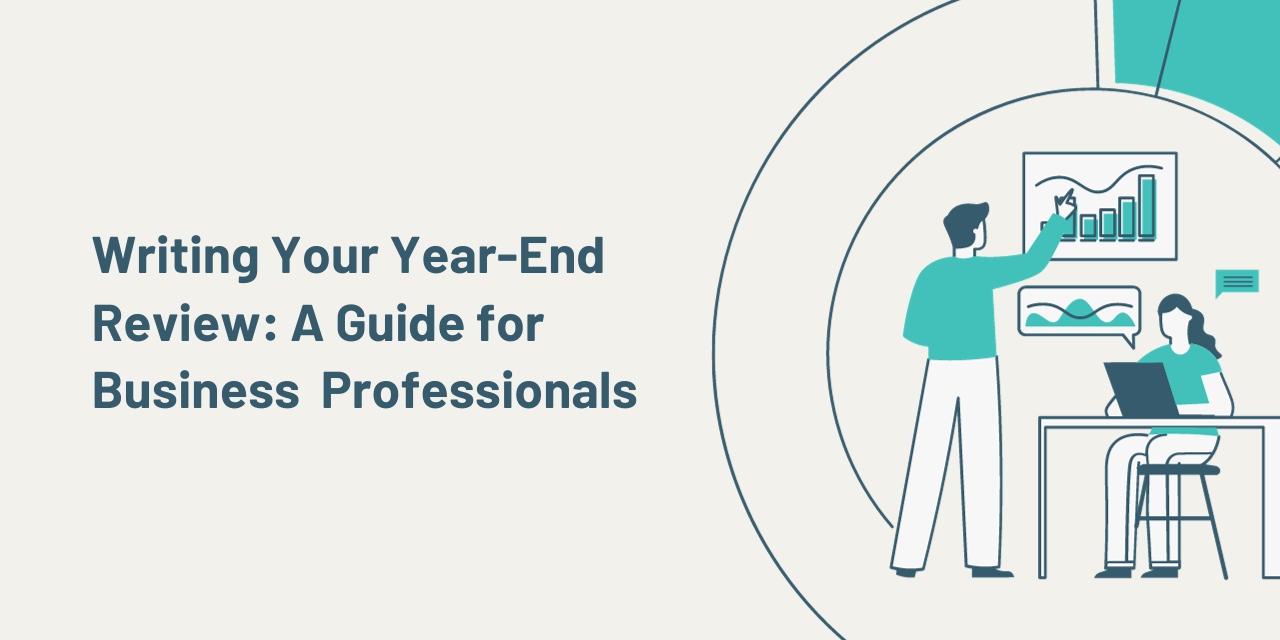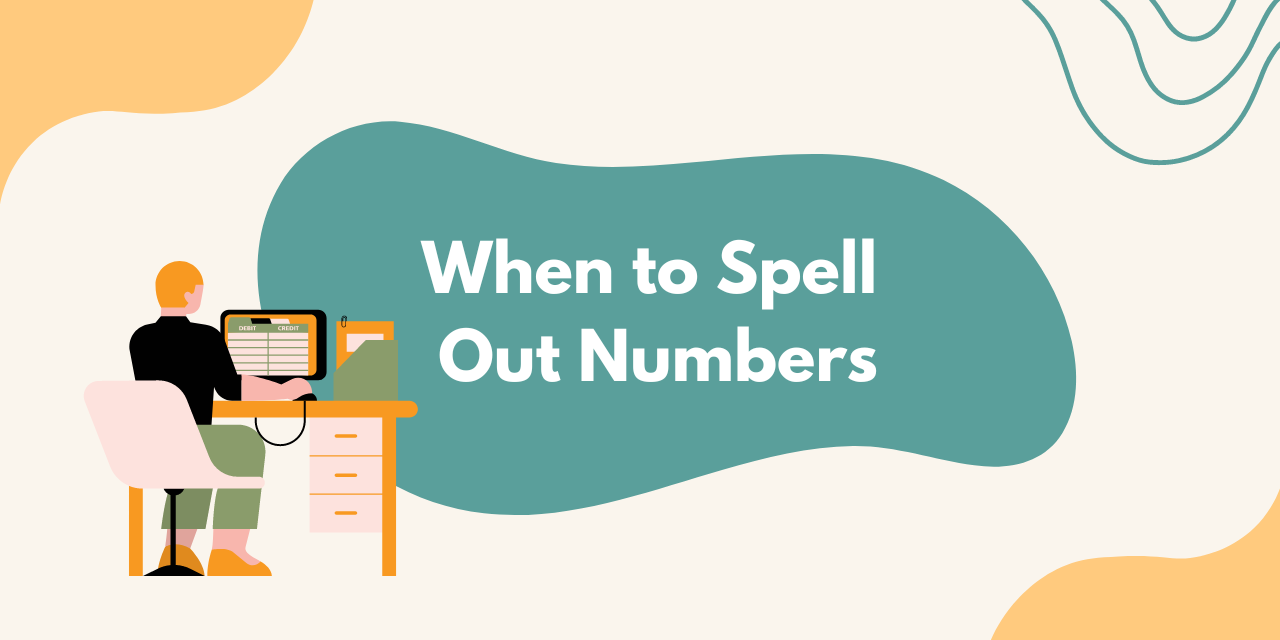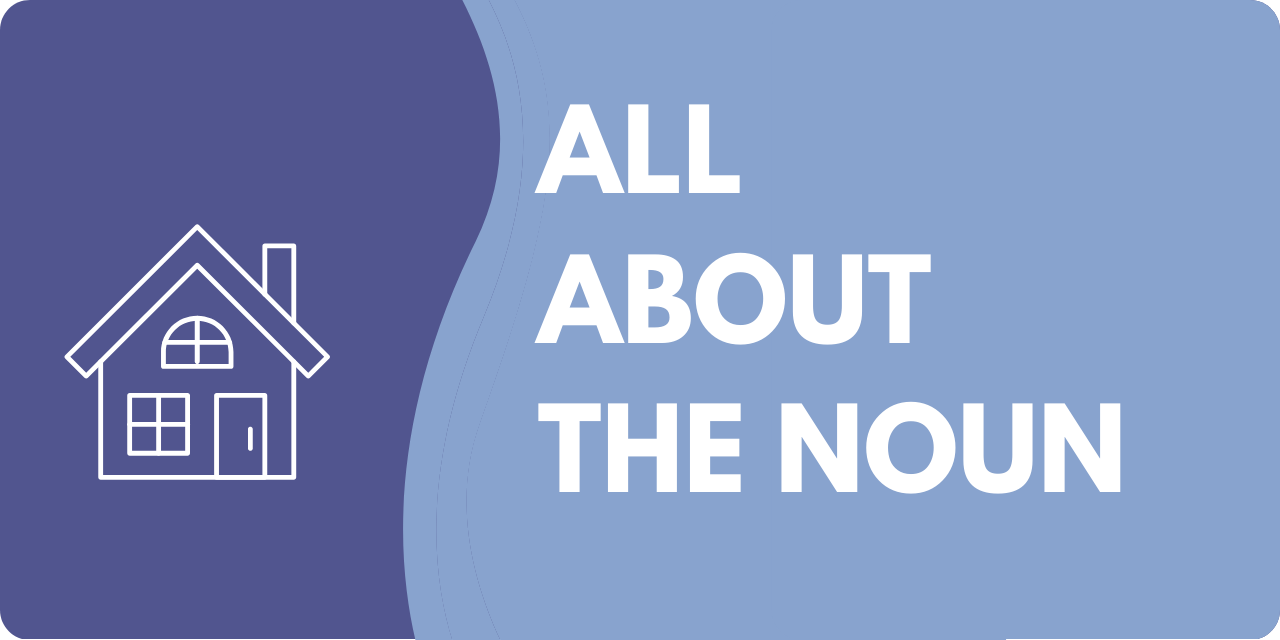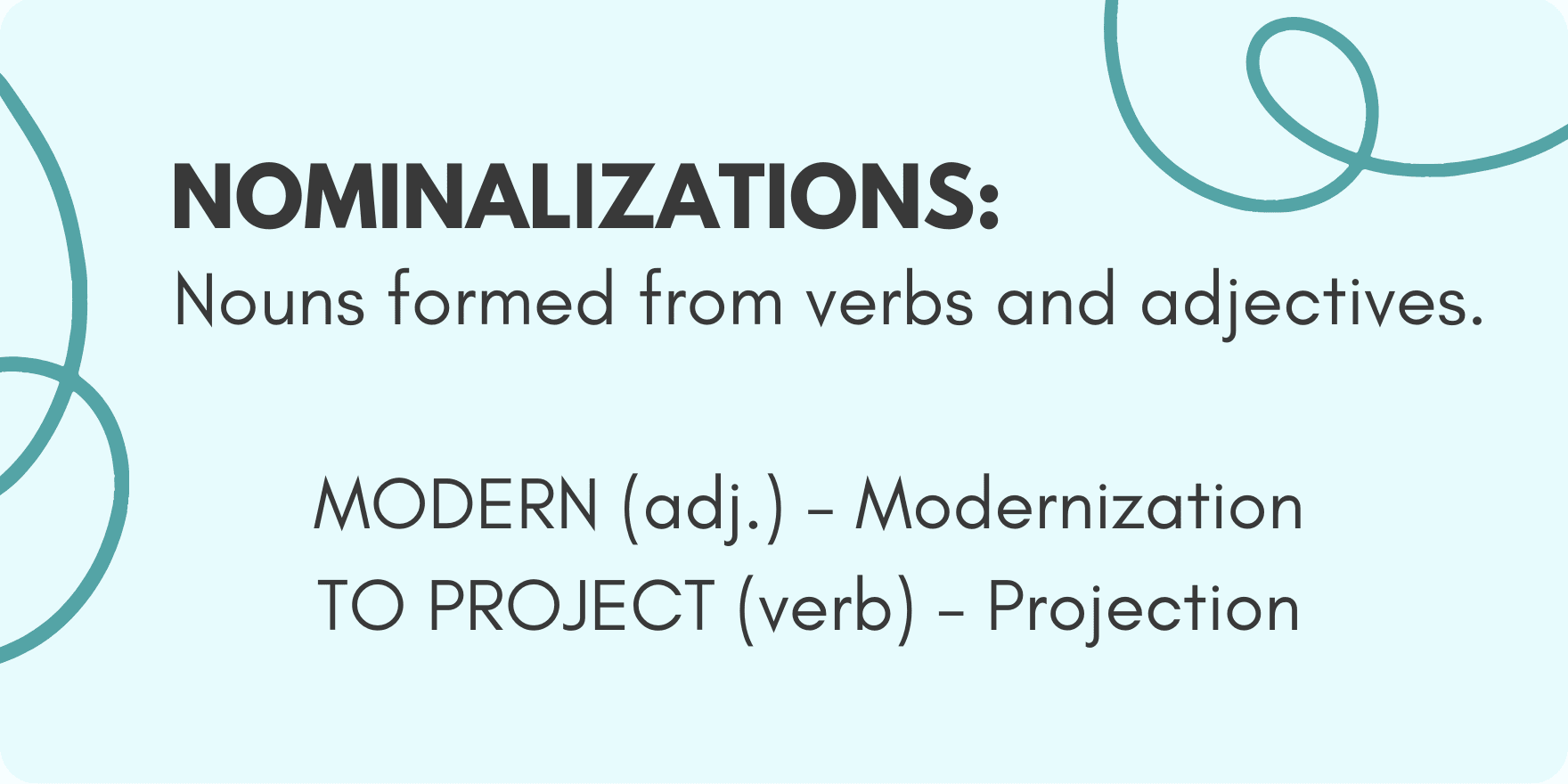You’ve probably written or read multiple emails today… or within the last hour… or five minutes. Email and business go hand in hand. And we tend to fall back on one common phrase to wrap up every business letter or email we send. Interestingly, tweaking the wording even slightly can dramatically change the tone. So, which version of the phrase is correct: Looking forward to or I look forward to?
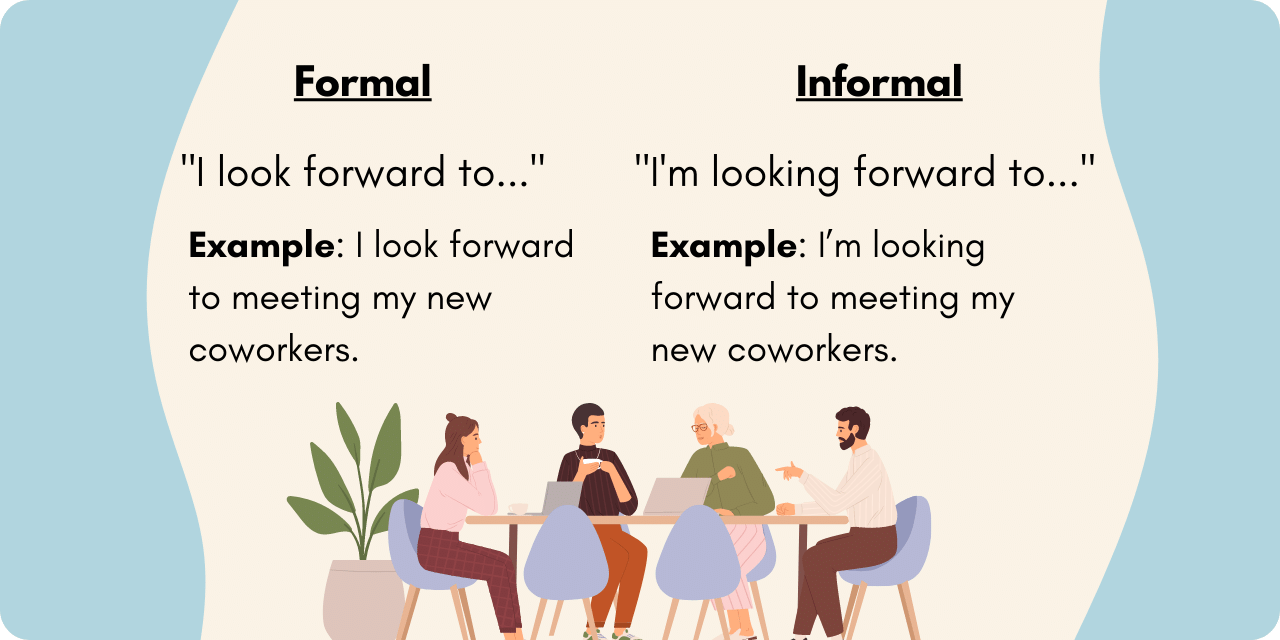
Looking Forward To vs. I Look Forward To
Why do we consistently reach for this phrase with the same zeal that we do with our morning cup of coffee? Because it fills a need. It can be used to convey our desire to continue a conversation or follow up on a matter. Or to nudge the person to take action.
Does it matter whether you use “I look forward to …” or “I’m looking forward to …” in an email? Let’s discuss a few keys to help you unlock the subtle differences and understand when it’s appropriate to use one or the other.
What’s the Difference Between the Two
It is grammatically correct to use either “I look forward to” (simple present tense) or “I’m looking forward to” (present continuous tense). The major difference has to do with how formal or informal you want to sound.
| More Formal Use: | “I look forward to …” |
| More Informal Use: | “I’m looking forward to …” |
Depending on the topic’s seriousness or the tone you wish to convey, you will need to choose the formal or more informal version. The following examples demonstrate tonal differences:
Formal: I look forward to meeting my new coworkers.
Informal: I’m looking forward to meeting my new coworkers.
Formal: I look forward to discussing the project details with you.
Informal: I’m looking forward to discussing the project details with you.
Formal: I look forward to meeting you at the conference.
Informal: I’m looking forward to meeting you at the conference.
The slight differences may seem insignificant, but they actually change the tone quite a bit. As we all know, it can be hard to accurately decipher a person’s tone in an email. So, make it easier for yourself—and your reader—by removing some of the guesswork. You can do this by using either formal or informal wording.
Beware of Its Most Popular Use—“Look Forward to Hearing from You”
One of the most overused phrases in business writing is “I look forward to hearing from you soon.” We’ve all done it—at the end of an email or a cover letter accompanying a resume. So what’s the problem?
Although it’s not your intent, this exact wording can come off a bit presumptuous. It’s almost as if you are telling the person: “I’m waiting. Don’t take long in getting back to me.” It could be perceived as pushy. Or even rude.
Therefore, you need to look at your email or letter’s body—the context—and then determine whether to opt for formal or less formal wording. Read your letter aloud. Listen for the tone. Is it what you were hoping to convey? Or do you need to add a dose of friendliness to it? If so, use the less formal “I’m looking forward to hearing from you.”
Alternatives to “I Look Forward to Hearing from You”
We’ve gotten so used to using this phrase—or reading it—at the end of a letter that it has become almost invisible. It has lost its impact. And it tends to get ignored.
Happily, there are alternatives you can use that will get noticed by your reader—without sounding pushy. Here are five options you can use in your next business letter or email:
- “I really want to hear your feedback on my proposal. Please let me know what you think.” This request keeps the tone casual yet specific.
- “Please keep me informed of any changes to the project.” This tells the person you need to be kept in the loop and is appropriately stated.
- “I would be delighted to receive a quick response.” When time is not on your side, kindly let the person know you are up against a deadline and need a quick answer.
- “As always, I’m happy to hear from you anytime.” This closing promotes an open, friendly exchange of information. It signals you want to keep an open dialog.
- “Please update your team on the details we covered in our meeting. Let me know when you’ve spoken to everyone.” This is a CTA (call-to-action) which prompts action and a response from your reader. They know precisely what you want them to do; it’s not vague or passive.
Your goal in all business communication and writing is to convey information clearly. And knowing how, when, or even if, to use “looking forward to” or “I look forward to” will help you do just that.

